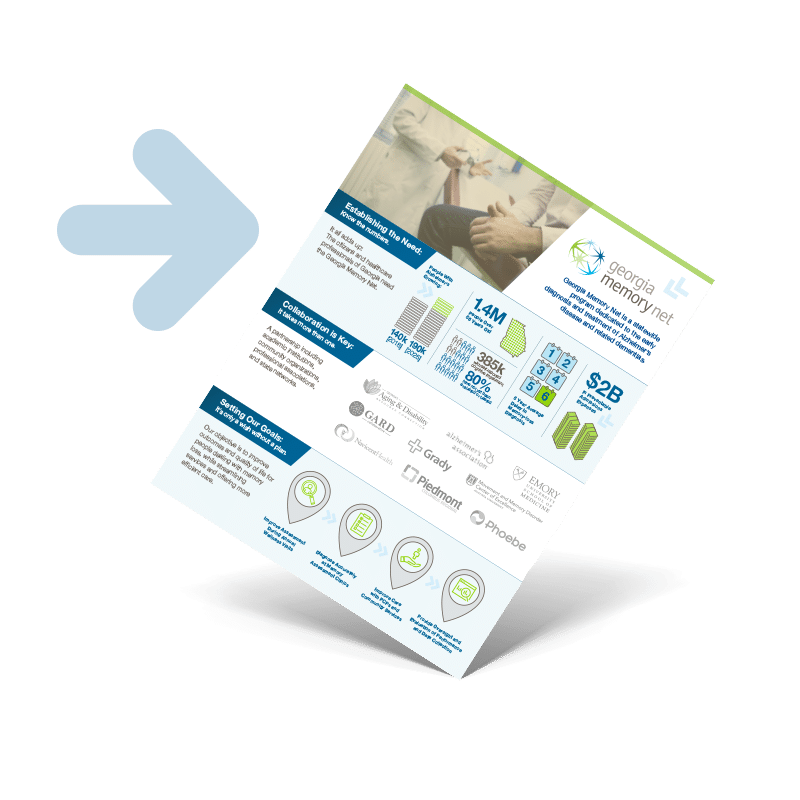In The Spotlight: Laurie Bryant

It takes a team of very skilled individuals to support this important program. As we progress forward with our critical work, we want to take a moment and highlight some of our key individuals. Today, we get to know Laurie Bryant a little bit better:
-
Where did you grow up?
Albany, GA. -
What is your role within Georgia Memory Net?
PC/CS Core Manager. -
How long have you been a part of Georgia Memory Net?
Since 2018. -
What is your favorite thing about working with Georgia Memory Net?
My favorite thing about working with GMN so far is true teamwork. GMN has a talented group of team members that are dedicated to making GMN a successful program for patients, care partners, providers, and community partners. -
What inspired you to go into this field and join Georgia Memory Net?
I have wanted to join GMN since I first learned of this program years ago. I have always been passionate about helping others and this program certainly does that. Individuals living with dementia benefit from GMN and so do care partners. I personally know what it is like to be a care partner. Having support is a MUST to successful caregiving. I am thankful that I can be part of a program that can provide that support. -
If you could do any other job, what would it be?
I would probably have my own business selling arts and crafts… that is if anyone would buy them. I do love making crafts and painting. In all honesty, I love my job with GMN. -
Do you have any pets?
I have two dogs and a cat. I have a silver lab named Marley, a boston terrier named Ruby, and we call our cat, Kiddy. -
What is your favorite movie and why?
This is a hard question, I have several favorites. Losing Isaiah is definitely a favorite. I will just say that it is a very powerful movie with a happy ending. -
If you were a crayon, what color would you be?
Purple, my favorite color.
Georgia Memory Net at a Glance
What is Georgia Memory Net and why does it exist? There’s so much information about Alzheimer’s and related dementias in Georgia, and how to diagnose and treat them, that it can become overwhelming. We’ve done our best to simplify the info into a clear one-page infographic.

